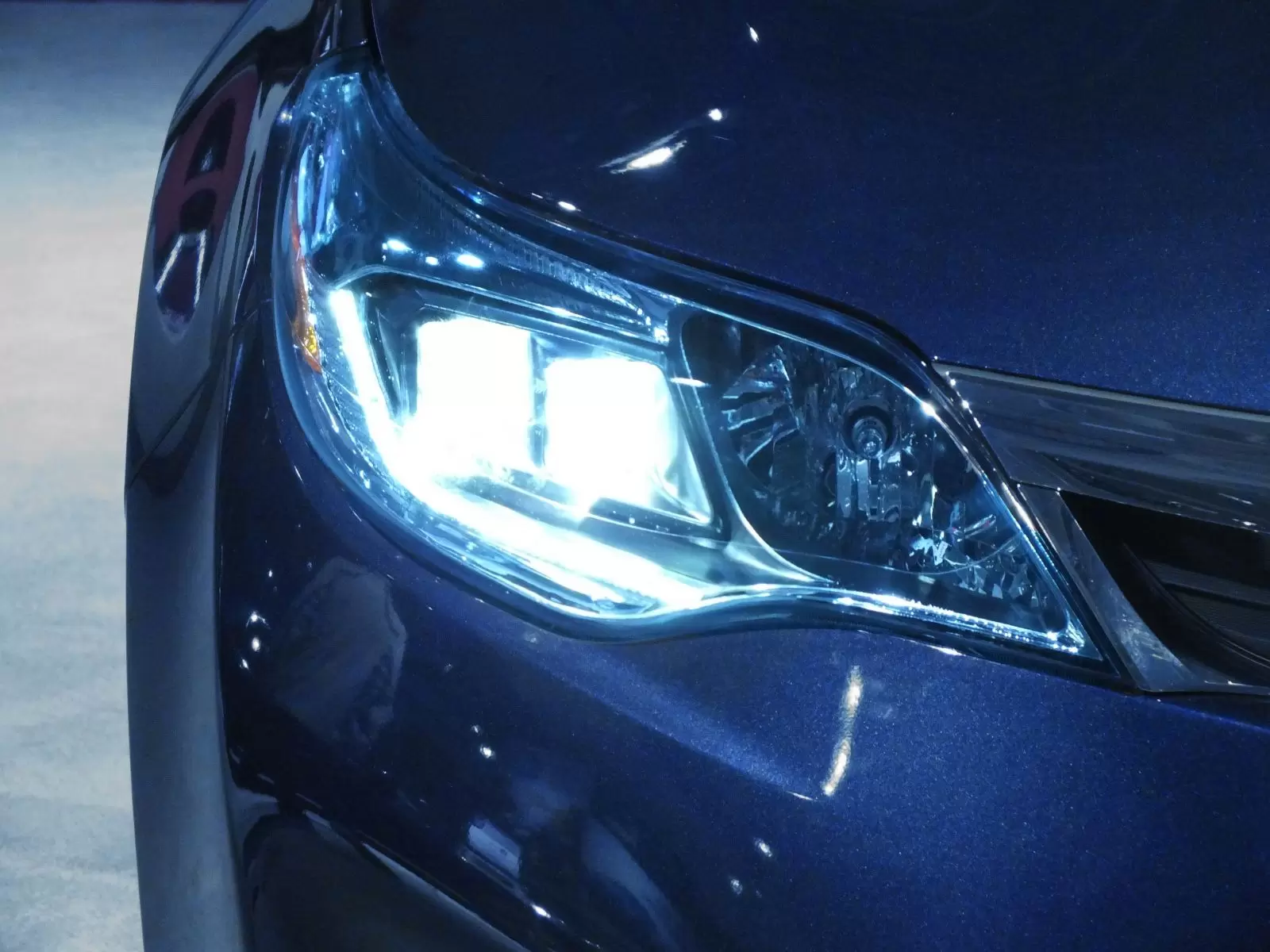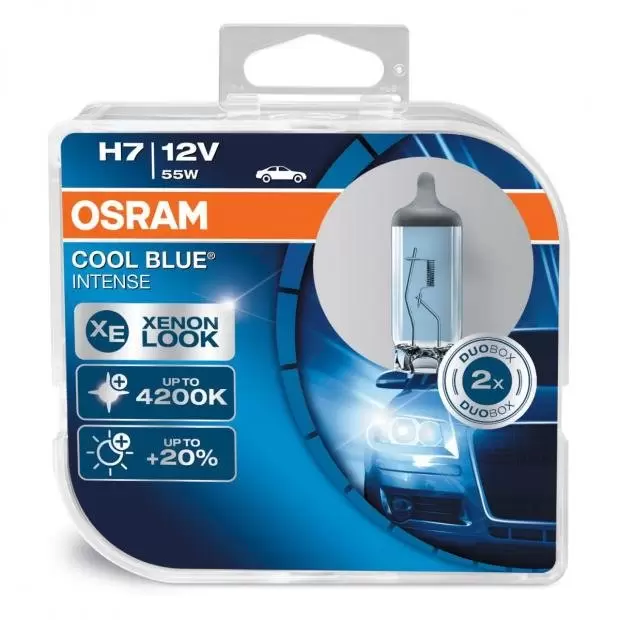Ever wanted to know what the difference is between Kelvin and lumen? Intrigued by the difference between halogens and Xenons? Well, never fear - we've compiled this handy list of all the questions we've ever been asked about colour temperature.
Read on to find out everything you've ever wanted to know...
What makes halogen bulbs white/blue?
Halogens achieve a white/blue tint in two ways. The most common method is to apply a blue coating to the bulb, which the light then shines through. However, this can compromise the light output of the bulb as the blue coating can obscure the amount of light that can penetrate it.
Some halogens are now turning to a clever Xenon and halogen gas mix, which helps to produce a whiter light than the halogen gas can on its own.
What is a Kelvin rating?
Named after its inventor, Lord Kelvin, a Kelvin rating measures the colour temperature of light: whether it's warm or cool in colour. The higher the Kelvin rating, the cooler and bluer the light will be. For example, candlelight is measured at around 1500K, sunrise and sunset at 3000K, and daylight at 5000K.
With regard to bulbs, a higher Kelvin rating means that the bulb will be closer to a blue look than a yellow one. Halogen bulbs range from around 3200K (OSRAM standard) to up to 4300K (Philips WhiteVision).
Shop halogen car bulbs here.
Due to the technologies involved, Xenon bulbs can produce a much higher colour temperature, with standard bulbs racking up around 4600K and the Philips Xenon WhiteVision reaching an impressive up to 6000K.
Shop Xenon HID bulbs here.
What's the difference between Kelvins and lumens?
In simple terms, lumens measure the brightness of a bulb rather than the colour temperature. Here at PB HQ we tend to focus on Kelvins rather than lumens, as lumens aren't always a great representative of what light output actually is. Sometimes, standard and maximum performance bulbs have similar lumens but look massively different in the flesh.
Do whiter bulbs use a higher wattage?
Whiter bulbs do not use any extra wattage. If you increase the wattage of a bulb you will notice a greater light output, but higher wattages tend to blow fairly quickly. This is why most bulbs run at a similar wattage. The higher Kelvin rating is achieved by either a blue coating on the bulb or a Xenon/halogen gas mixture.
Why are some colour temperatures road legal but others aren't?
Extremely white bulbs are classed as non-road legal because of their association with the emergency services. As they use blue lights, they need to be instantly recognisable on the road so that drivers are able to react quickly when they spot that flash of blue.
Numerous amounts of drivers using ice white/blue bulbs on the road could potentially cause confusion for other motorists, and possibly even the emergency services themselves.
What's the whitest/bluest bulb I can get?
With halogen, you've got a couple of options. If you're after a road legal option, the Philips WhiteVision is known as the first road legal intense white light, with a colour temperature of 4300K. Another great halogen option is Philips' Diamond Vision. With a colour temperature of 5000K, however, this bulb is only suitable for off-road use.
The whitest Xenon bulb is the Philips Xenon Blue Vision Ultra. It has an impressive colour temperature of 6000K, thanks to a clever salt mix and a transparent outer tube.
Is it better to have a yellower or whiter light on the road?
 There are definitely pros and cons to having a warm or a cool light on the road, aside from the obvious styling benefits.
There are definitely pros and cons to having a warm or a cool light on the road, aside from the obvious styling benefits.
White light is cloest to natural daylight, and so if you're about to embark on a long night time drive, the white light will trick your brain into feeling more awake. However, in bad weather conditions such as rain or fog, a yellow light will cut through better than a white. This is due to the wavelengths of the light and how well they reflect.
So, it completely depends on how often you'll be driving in each situation. If you're a night driver, you might want to look at white lights, and if you do a lot of driving in a country that doesn't have very good weather, a yellow bulb may be your best choice. Learn more about the best white H7 bulbs.














.png)














 Close
Close